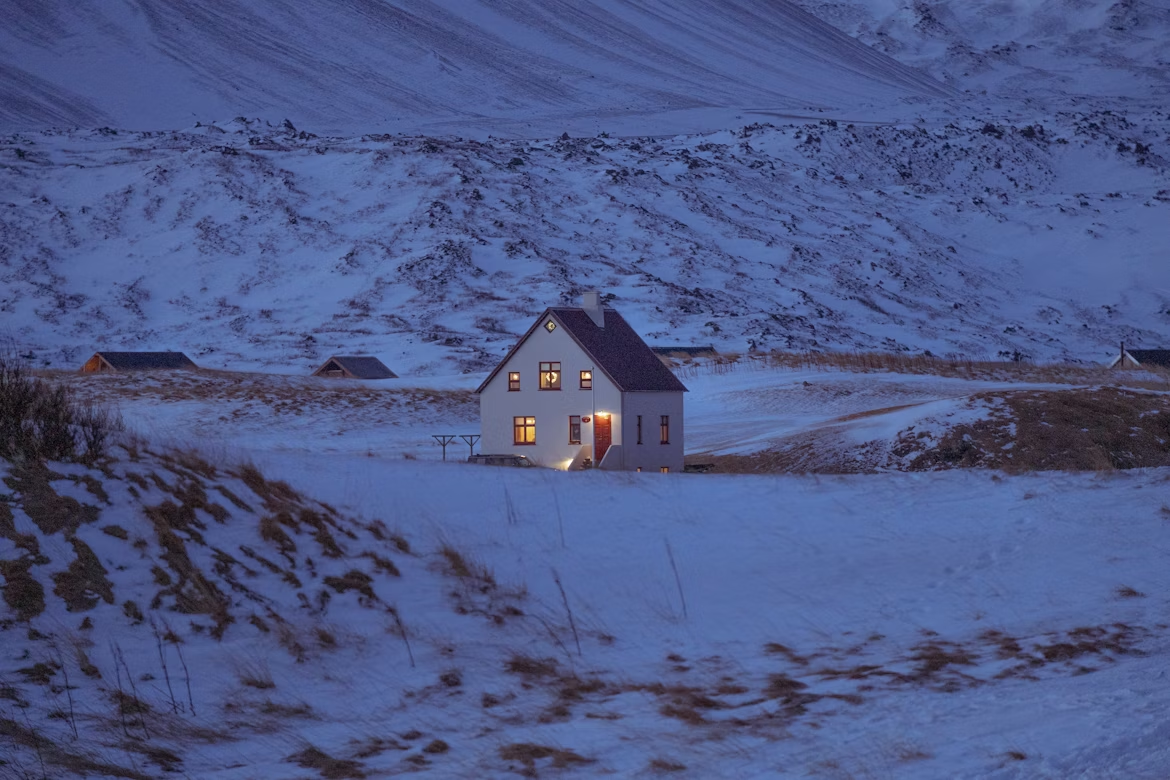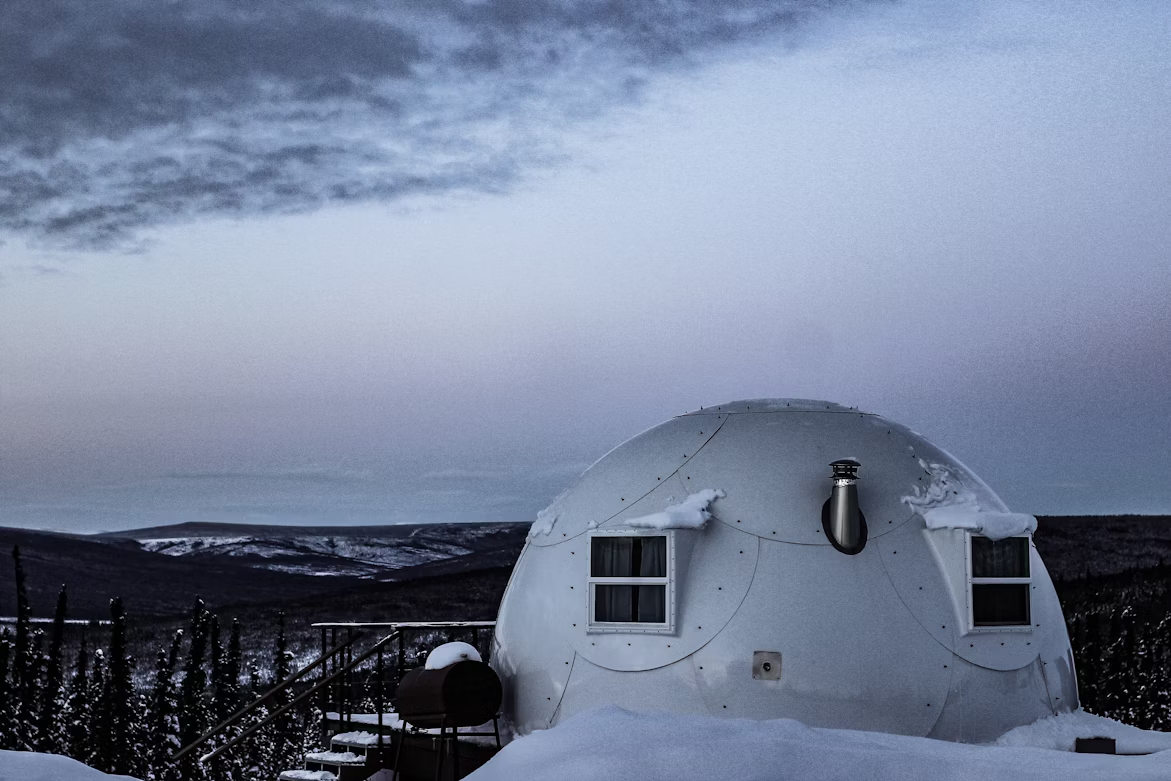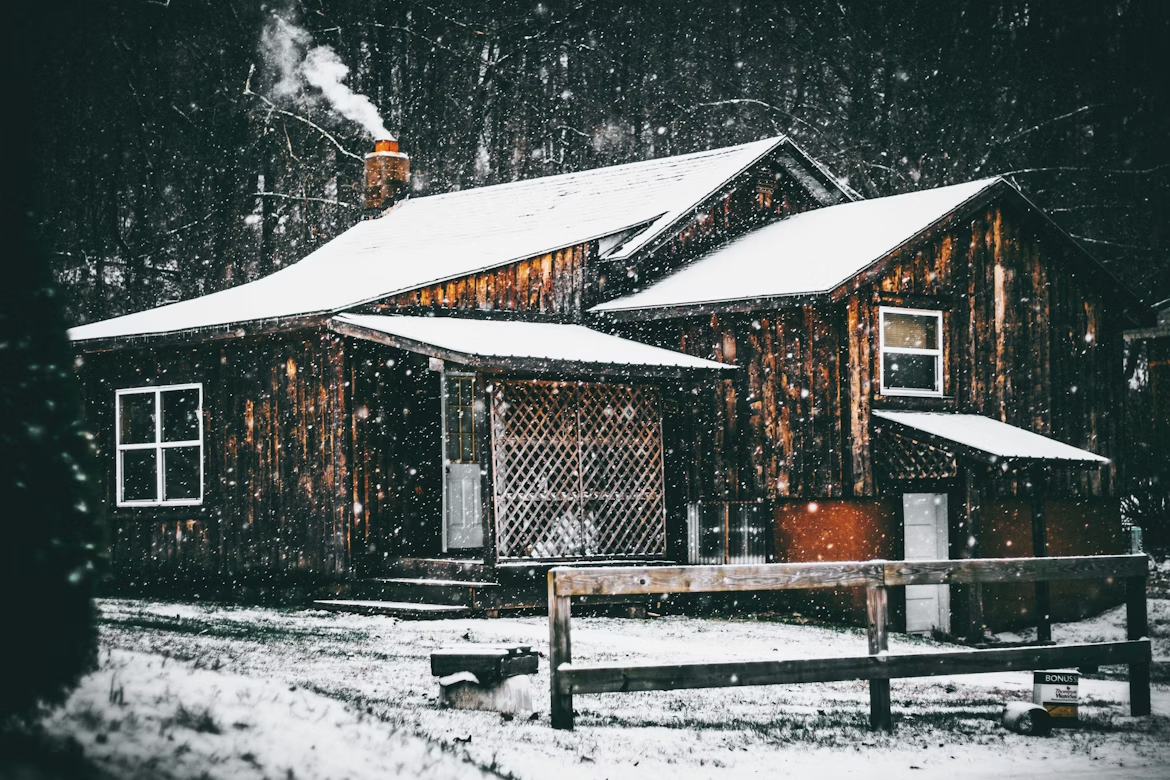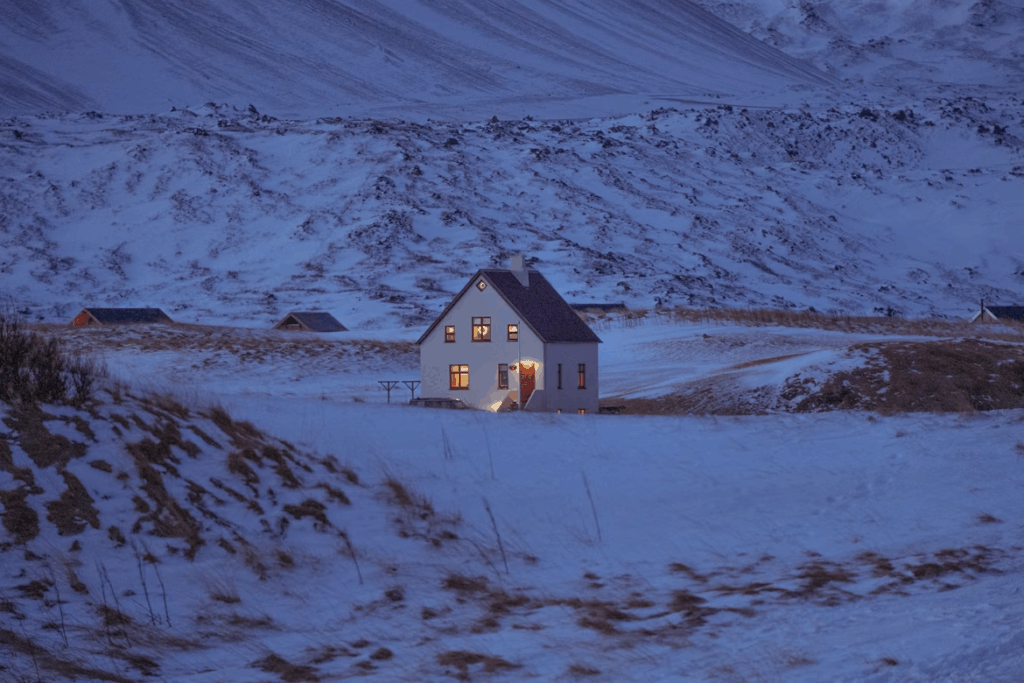Designing For Cold Climates: How To Keep Your Home Cozy Without Sacrificing Style
Living in a cold climate means more than just bracing for snowstorms—it demands smart, intentional home design that balances warmth, energy efficiency, and aesthetic appeal. The right strategies can keep your home inviting and snug through long winters, without turning it into a bulky bunker of wool and brick.

Photo by changhui lee on Unsplash
From essential HVAC maintenance to creative design choices like layered lighting and thermal curtains, there are stylish solutions that do more than just shield you from frost—they elevate your everyday living experience. Let’s explore how to turn your cold-climate home into a haven of both comfort and charm.
Restore And Maintain Heat By Repairing Your Furnace
When the cold sets in, no style upgrade can make up for a failing furnace—repairing and maintaining your system is the first step in any cold-climate design plan.
A well-functioning furnace is the heartbeat of a cozy home in winter, but many homeowners overlook warning signs until the system fails during a freeze. If you’re noticing uneven heating, strange noises, or a sudden spike in energy bills, it’s time to call in a professional. Reliable furnace repair services like Alberta Mountain Air offer comprehensive diagnostics and emergency support tailored to cold-weather performance.
During an inspection, certified technicians will check heat exchangers, gas valves, thermostats, and filters—components that often wear out due to constant winter strain. Replacing outdated models with high-efficiency units can reduce energy waste while maintaining steady indoor warmth. Some modern furnaces come with programmable thermostats, zoned heating capabilities, and smart home integrations, letting you balance comfort with cost-effectiveness.
Lastly, annual tune-ups are crucial, even if your furnace seems to be working fine. Think of them as insurance against a no-heat disaster in January. Pair technical upkeep with good design—integrate hidden vents behind sleek grilles and consider fireplace-furnace combos for ambiance and extra warmth.
Incorporate Thermal Window Treatments
Windows are a major source of heat loss—but with the right treatments, they can become a powerful asset in your insulation strategy.
Instead of settling for clunky coverings or plastic films, opt for elegant, multilayered thermal curtains in rich materials like velvet or suede. These not only trap heat but also add depth and visual luxury to any room. Cellular (honeycomb) shades are another option; their internal structure traps air, creating a buffer between cold glass and your warm interiors.
Design-wise, coordinate your thermal treatments with your broader décor palette—cool greys and icy blues for a Nordic feel, or earth tones for cabin-like comfort. Ceiling-mounted curtain tracks can elongate walls visually while reducing heat loss at the top of window frames. Layering blinds beneath heavier drapes allows for fine-tuned light and temperature control—perfect for rooms that double as offices or reading nooks during shorter winter days.
Insulating your windows doesn’t have to mean compromising aesthetics. With the right fabrics, textures, and installation techniques, they become both functional and beautiful.
Use Radiant Floor Heating For Subtle Warmth
If you’re remodeling or building from scratch, radiant floor heating is a transformative choice—quiet, invisible, and incredibly efficient for cold climates.
Unlike forced-air systems that heat unevenly and dry the air, radiant systems deliver consistent warmth underfoot through electric coils or hydronic tubes embedded beneath your flooring. The result? Warm toes and even room temperatures without relying on visible vents or intrusive radiators.
Designers love radiant heat because it offers freedom in layout and styling. You can use it beneath tile, engineered hardwood, or even luxury vinyl plank flooring—allowing for seamless design continuity throughout open-concept spaces. Plus, radiant systems eliminate the dust and allergens often circulated by ductwork, a hidden perk for those with sensitivities.
Pair this feature with tactile flooring—like cork, wide-plank wood, or textured tile—for maximum comfort and visual warmth. And because radiant heat works best in well-insulated homes, combining it with upgraded windows, wall insulation, and weather-sealed doors multiplies your energy savings and comfort levels.
Introduce Layered Lighting For Visual And Thermal Warmth
Cold-weather lighting isn’t just about brightness—it’s about creating an inviting glow that mimics the comfort of natural warmth.
Start with your primary lighting—replace harsh white LEDs with warmer-toned bulbs (2700K–3000K range) that echo the softness of firelight. Layer in ambient options like wall sconces and pendant fixtures with diffused shades to scatter light gently across your space.
Next, add task lighting near seating areas, beds, and kitchen counters—opt for brass, wood, or ceramic fixtures that complement cozy aesthetics. Dimmer switches allow you to dial up warmth on dark mornings and taper it down for a relaxed evening vibe.
Accent lighting completes the picture. Use LED strips under shelves or behind headboards, or place small lantern-style lamps on side tables. These lights don’t just illuminate; they psychologically warm a space, especially when paired with tactile materials like knitted throws, wool rugs, and natural wood furniture.
The result? A space that feels sunny even when it’s snowing outside.

Photo by baikang yuan on Unsplash
Add Rustic Or Textured Wall Finishes To Retain Warmth
Cold-weather design embraces tactile comfort—using wall treatments to insulate spaces both physically and visually.
Shiplap, reclaimed wood panels, or faux-stone accent walls provide texture and visual interest while enhancing insulation. For even more practical value, consider insulated wall panels that combine design with function, particularly in basements or north-facing rooms.
If you prefer paint, opt for rich, earthy tones—deep green, charcoal, ochre, or terracotta—that absorb light and convey warmth. These shades work well with low-gloss finishes, which subtly reflect layered lighting rather than creating cold, sterile surfaces.
For a contemporary approach, add fabric wall panels in home offices or bedrooms. These not only dampen sound (a bonus during stormy nights) but also provide a cozy, upholstered look. In entryways or mudrooms, beadboard or painted wood trim adds character and protects walls from wet coats and boots—functional and beautiful.
Ultimately, warming up your walls gives your whole home a snugger atmosphere without ever needing to crank the thermostat.

Photo by Ryan Graybill on Unsplash
Wrapping Up
Designing for cold climates isn’t about compromising beauty for function—it’s about mastering both. Start with the basics, like furnace repairs and thermal efficiency, then layer in radiant heat, thoughtful lighting, and textural finishes.
By incorporating elements that warm both body and soul—plush materials, comforting colors, and Scandinavian simplicity—you can create a home that stands strong against winter’s worst while staying effortlessly stylish.
Living in a cold climate means more than just bracing for snowstorms—it demands smart, intentional home design that balances warmth, energy efficiency, and aesthetic appeal. The right strategies can keep your home inviting and snug through long winters, without turning it into a bulky bunker of wool and brick.
From essential HVAC maintenance to creative design choices like layered lighting and thermal curtains, there are stylish solutions that do more than just shield you from frost—they elevate your everyday living experience. Let’s explore how to turn your cold-climate home into a haven of both comfort and charm.

